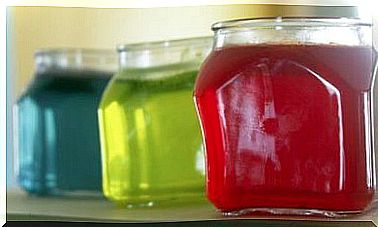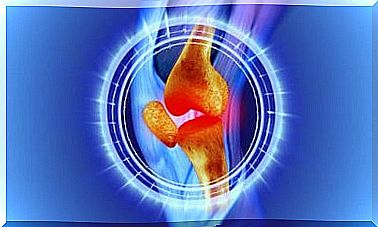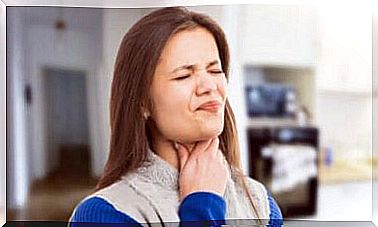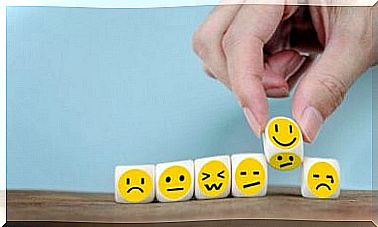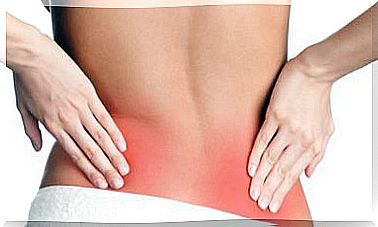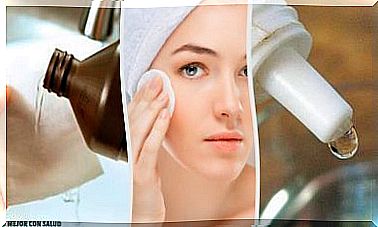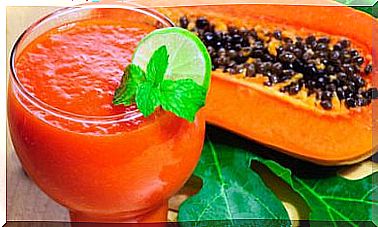Is Piercing The Bubbles Bad?
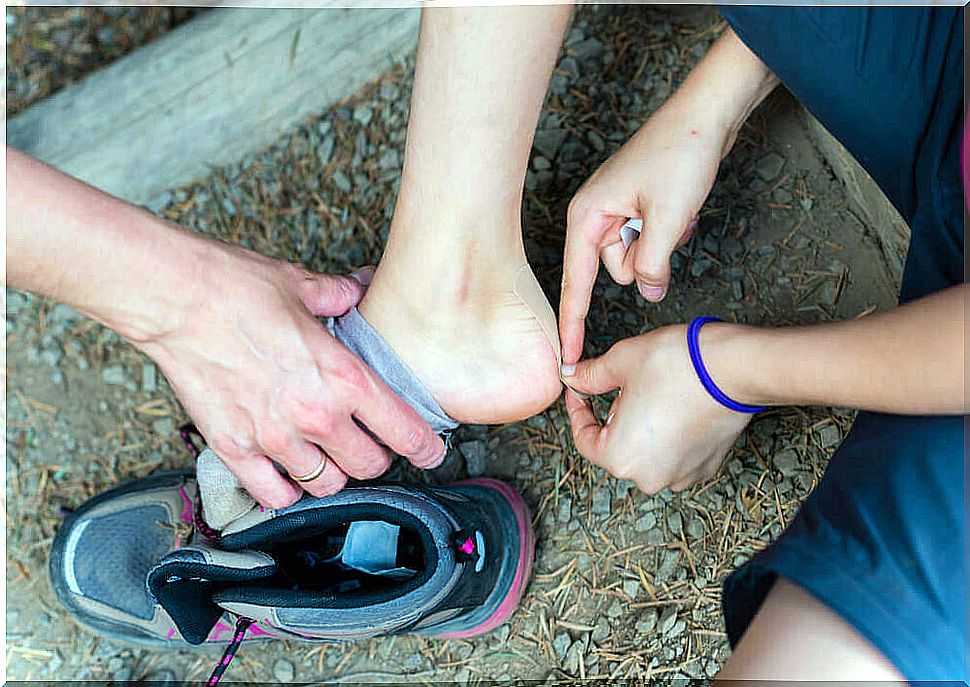
Do you usually pierce the blisters that appear on your skin? We know the temptation is great, but today we’ll explain why this isn’t the best decision.
A bulla is a raised, palpable skin lesion. It forms in the epidermis and is filled with fluid. In other words, bubbles are a kind of “pocket” filled with liquid. It can also be called a vesicle or blister, when smaller.
Blisters are very common as they can be caused by many factors such as friction. In this article, we will briefly explain its features.
Why do bubbles form?
A blister is formed by a change in the epidermis. It can occur due to friction, heat or skin diseases. They usually form when there is friction in one place, such as when shoes don’t fit well and scratch part of the foot. Other causes include:
- burns
- freezing
- Eczema
- Allergic Reactions
- Autoimmune diseases such as pemphigus
- Bullous epidermolysis
- Infections such as chickenpox and herpes simplex
- Skin infections, including impetigo
Symptoms
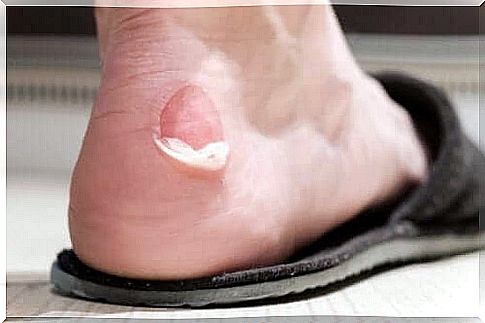
Blisters cause pain and make the skin red and irritated. Also, if they burst, they can cause complications such as infections. When this occurs, pus is present and the surrounding area is hot and very painful. It can even cause fever.
As the most common blisters appear on the feet due to inappropriate use of shoes, they often cause discomfort when walking.
Treatment
Usually, blisters heal on their own. It is not necessary to use any type of medication. In this way, the liquid is reabsorbed and the skin dries out over time. It is important to avoid piercing them so as not to increase the risk of infection.
Bubbles, in principle, must not be punctured. As we’ve said, this increases the risk of infection and complicates the healing process. However, this can be done with sterile material and with due care. Anyway, the ideal is to cover it with a band-aid or other bandage.
In case of pus or if the blister appears infected, it is best to consult a doctor. In some cases, the blister needs to be surgically removed.
Procedure for draining the bubbles
Obviously, the environment must be as clean as possible. The area should be washed with soap and water and disinfected with alcohol or hydrogen peroxide. Also, you need to use sterile needles. For this, a needle must be left in alcohol for a few minutes or be heated slightly on fire.
It should only be pierced once and on one side. The ideal is to press it with a sterile gauze to empty the contents. Next, you need to apply an antiseptic and apply sterile gauze. The remaining skin must not be peeled off. Due to the complexity of this procedure, it is ideal to perform it only when the blister is very large or painful.
How to avoid bubbles

- Wear comfortable shoes that fit your foot well. Ideally, you should tie your shoes tightly. This will reduce the movement between the foot and the shoe.
- Always wear socks. Furthermore, it is important that they also fit correctly. If you wear nylon stockings, it will also reduce foot moisture. Remember to discard worn socks.
- Protective stickers can be useful if you often go hiking.
- Finally, if the blister is caused by handwork or playing sports, you should wear gloves.
Conclusion: to pierce or not pierce the bubbles?
As we’ve seen, it’s normal that our first reaction is to want to pierce the bubbles, as continuous friction is quite uncomfortable. However, it is better to let them heal on their own. Overlapping skin protects against infection, and the fluid they contain appears to encourage the area to heal.

